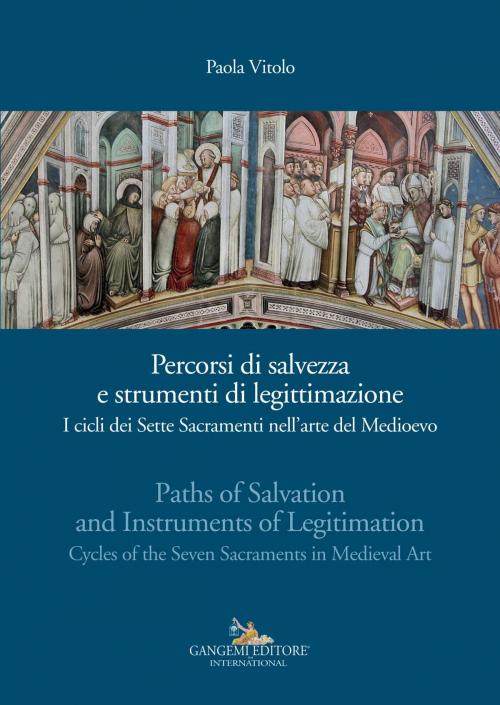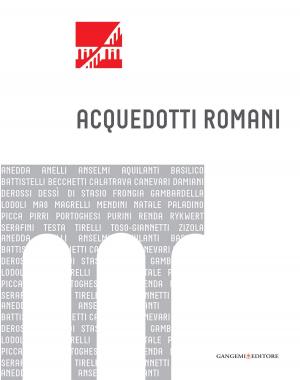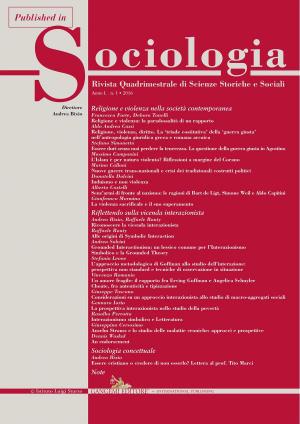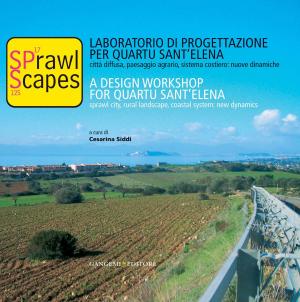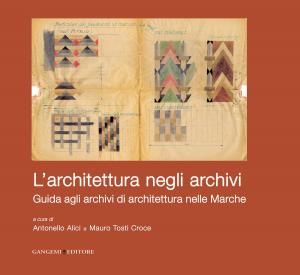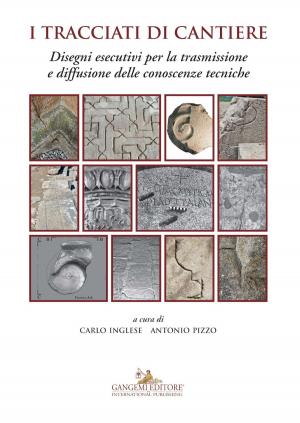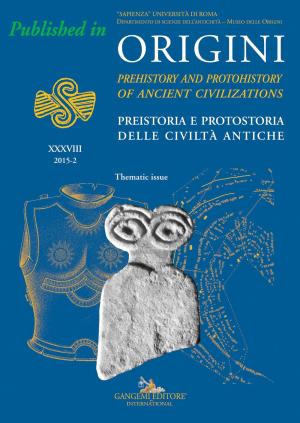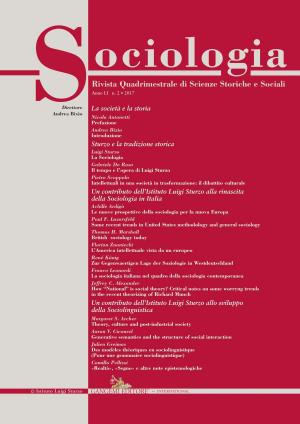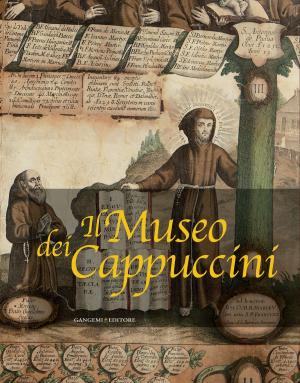Percorsi di salvezza e strumenti di legittimazione - Paths of Salvation and Instruments of Legitimation
I cicli dei Sette Sacramenti nell’arte del Medioevo - Cycles of the Seven Sacraments in Medieval Art
Nonfiction, Art & Architecture, Art History, European, General Art| Author: | Paola Vitolo | ISBN: | 9788849292503 |
| Publisher: | Gangemi Editore | Publication: | February 2, 2017 |
| Imprint: | Gangemi Editore | Language: | Italian |
| Author: | Paola Vitolo |
| ISBN: | 9788849292503 |
| Publisher: | Gangemi Editore |
| Publication: | February 2, 2017 |
| Imprint: | Gangemi Editore |
| Language: | Italian |
L’apparizione delle prime serie iconografiche dei Sette Sacramenti nell’arte monumentale italiana del Trecento rappresenta un episodio significativo, ma finora poco indagato, della grande vitalità artistica dei secoli del Basso Medioevo. In diversi contesti e con diverse finalità, i committenti dei cicli di Firenze, Napoli, Galatina (Lecce) e Priverno (Latina) si appropriarono del tema – ampiamente discusso dalla trattatistica filosofica e dottrinaria del XII e del XIII secolo, ma non ancora oggetto di sistematico insegnamento da parte della Chiesa – per farne uno strumento di autorappresentazione di alto valore simbolico. Il volume ricostruisce le occasioni e le circostanze in cui i quattro cicli furono ideati, le loro finalità e i rispettivi contesti, in relazione alla progressiva affermazione del tema sacramentario nella comune coscienza religiosa medievale. The appearance of the first iconographic series of the Seven Sacraments in the fourteenth century Italian monumental art is a very significant instance, but so far little studied, of the remarkable artistic dynamism that characterized the centuries of the Late Middle Ages. In different contexts and for different purposes, the patrons of the cycles of Florence, Naples, Galatina (Lecce) and Priverno (Latina) appropriated the theme – widely discussed in the philosophical and doctrinal treatises of the twelfth and thirteenth centuries, but not yet object of concrete pastoral action on the part of the Church – to make it an instrument of self representation of high symbolic value. The book reconstructs the situations and circumstances in which the four cycles were conceived, their purposes and their respective contexts, in relation to the progressive affirmation of the sacramental theme in the Medieval communal religious consciousness. PAOLAVITOLO è ricercatrice di Storia dell’arte medievale all’Università di Catania. I suoi interessi di studio si incentrano sull’arte e sulla committenza di età angioina e aragonese in Italia meridionale, in particolare sull’iconografia e sulle forme di rappresentazione del potere, sul riuso e il riallestimento delle opere d’arte medievali, sulla dimensione sociale degli artisti e del loro lavoro. A questi temi ha dedicato un libro (La Chiesa della Regina. L’Incoronata di Napoli, Giovanna I d’Angiò e Roberto di Oderisio, Roma, Viella, 2008) e vari saggi apparsi in riviste, volumi miscellanei e atti di convegni in Italia e all’estero. Dirige inoltre, con Caroline Bruzelius (Duke University, NC), il progetto The Kingdom of Sicily Image database. PAOLA VITOLO is Assistant Professor in the History of Medieval Art at the University of Catania (Italy). Her research focuses on art and patronage in South Italy during the Angevin and Aragonese period, in particular on the iconography and forms of the representation of power, on the reuse and reinterpretation of Medieval works of art in subsequent centuries, and on the social status of medieval artists and the organization of workshops. On these themes she has published a book (La Chiesa della Regina. L’Incoronata di Napoli, Giovanna I d’Angiò e Roberto di Oderisio, Roma, Viella, 2008) and various essays in specialized journals, edited volumes, and conference proceedings in Italy and abroad. She is also co-director, together with Caroline Bruzelius (Duke University, NC), of The Kingdom of Sicily Image Database project.
L’apparizione delle prime serie iconografiche dei Sette Sacramenti nell’arte monumentale italiana del Trecento rappresenta un episodio significativo, ma finora poco indagato, della grande vitalità artistica dei secoli del Basso Medioevo. In diversi contesti e con diverse finalità, i committenti dei cicli di Firenze, Napoli, Galatina (Lecce) e Priverno (Latina) si appropriarono del tema – ampiamente discusso dalla trattatistica filosofica e dottrinaria del XII e del XIII secolo, ma non ancora oggetto di sistematico insegnamento da parte della Chiesa – per farne uno strumento di autorappresentazione di alto valore simbolico. Il volume ricostruisce le occasioni e le circostanze in cui i quattro cicli furono ideati, le loro finalità e i rispettivi contesti, in relazione alla progressiva affermazione del tema sacramentario nella comune coscienza religiosa medievale. The appearance of the first iconographic series of the Seven Sacraments in the fourteenth century Italian monumental art is a very significant instance, but so far little studied, of the remarkable artistic dynamism that characterized the centuries of the Late Middle Ages. In different contexts and for different purposes, the patrons of the cycles of Florence, Naples, Galatina (Lecce) and Priverno (Latina) appropriated the theme – widely discussed in the philosophical and doctrinal treatises of the twelfth and thirteenth centuries, but not yet object of concrete pastoral action on the part of the Church – to make it an instrument of self representation of high symbolic value. The book reconstructs the situations and circumstances in which the four cycles were conceived, their purposes and their respective contexts, in relation to the progressive affirmation of the sacramental theme in the Medieval communal religious consciousness. PAOLAVITOLO è ricercatrice di Storia dell’arte medievale all’Università di Catania. I suoi interessi di studio si incentrano sull’arte e sulla committenza di età angioina e aragonese in Italia meridionale, in particolare sull’iconografia e sulle forme di rappresentazione del potere, sul riuso e il riallestimento delle opere d’arte medievali, sulla dimensione sociale degli artisti e del loro lavoro. A questi temi ha dedicato un libro (La Chiesa della Regina. L’Incoronata di Napoli, Giovanna I d’Angiò e Roberto di Oderisio, Roma, Viella, 2008) e vari saggi apparsi in riviste, volumi miscellanei e atti di convegni in Italia e all’estero. Dirige inoltre, con Caroline Bruzelius (Duke University, NC), il progetto The Kingdom of Sicily Image database. PAOLA VITOLO is Assistant Professor in the History of Medieval Art at the University of Catania (Italy). Her research focuses on art and patronage in South Italy during the Angevin and Aragonese period, in particular on the iconography and forms of the representation of power, on the reuse and reinterpretation of Medieval works of art in subsequent centuries, and on the social status of medieval artists and the organization of workshops. On these themes she has published a book (La Chiesa della Regina. L’Incoronata di Napoli, Giovanna I d’Angiò e Roberto di Oderisio, Roma, Viella, 2008) and various essays in specialized journals, edited volumes, and conference proceedings in Italy and abroad. She is also co-director, together with Caroline Bruzelius (Duke University, NC), of The Kingdom of Sicily Image Database project.
